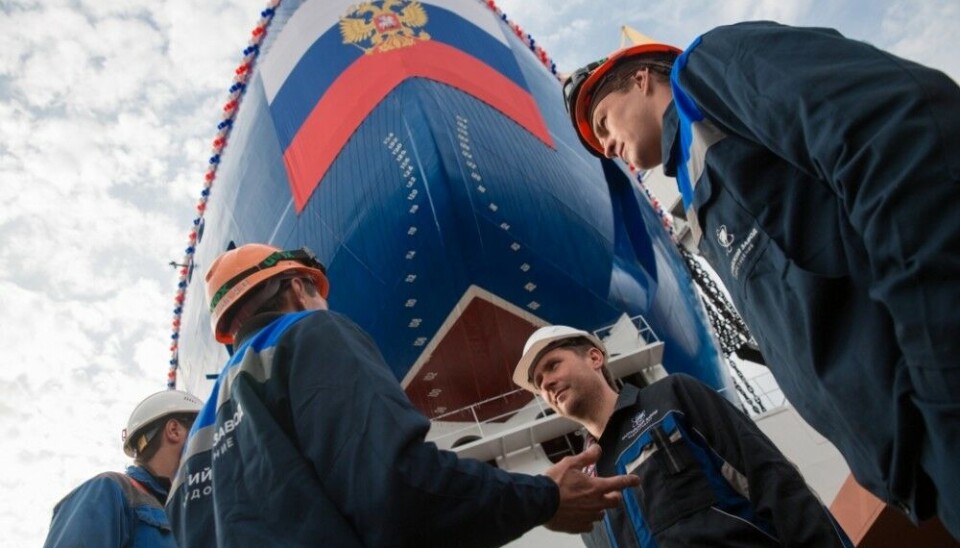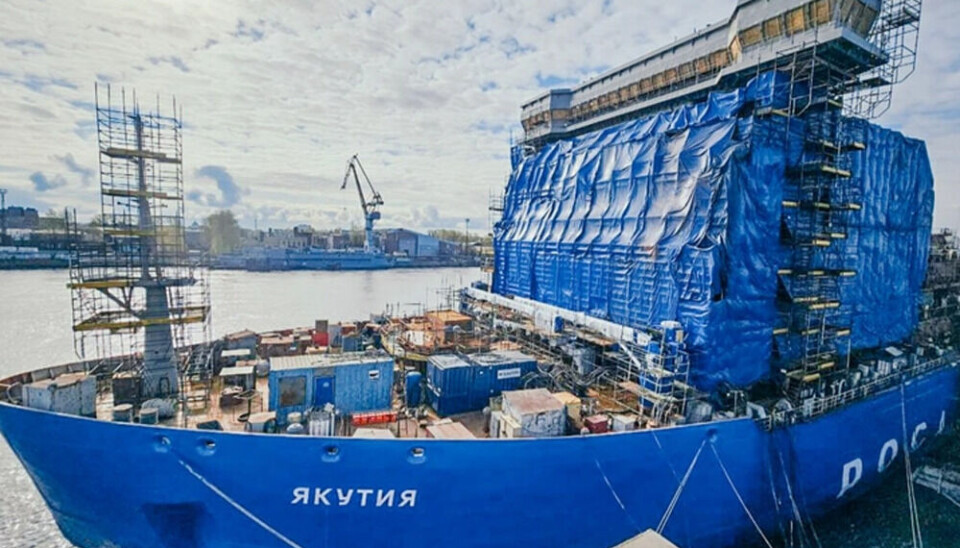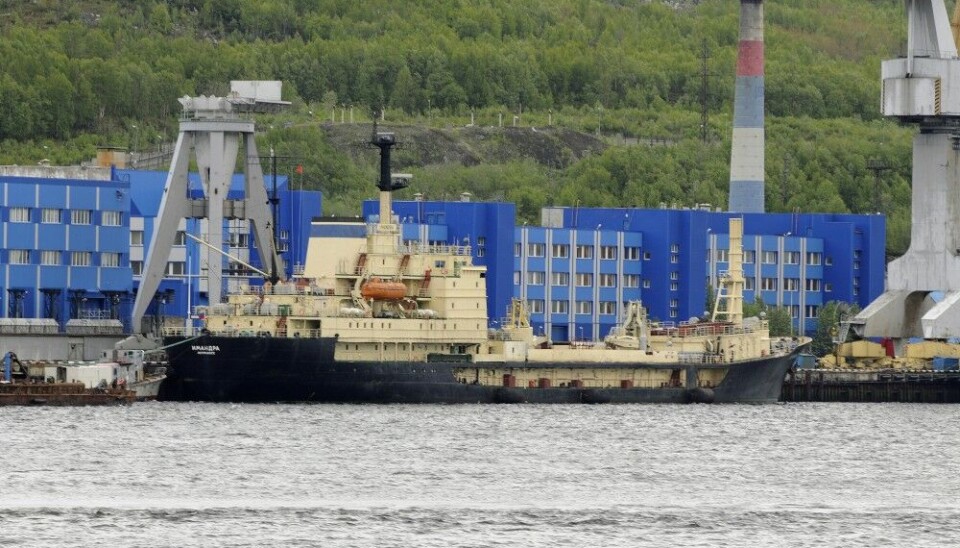
Nuclear-powered icebreakers bring record loss for shipyard
Construction of the two icebreakers “Sibir” and “Ural” were unprofitable, the Baltic Shipyard says as its 2023 financial report shows a loss of 19 billion rubles.
Some 1,500 workers are in full swing building the Yakutia at the quay of the Baltic Shipyard in St. Petersburg. The nuclear-powered icebreaker will be the fourth in the series of Project 22220.
Commissioning is stipulated for December this year. Time will show if that plan works out well.
Unlike the three previous vessels; Arktika, Sibir and Ural, only 45% of the costs for construction of Yakutia are allocated from the federal budget. The rest comes from commercial banks and Rosatom’s own budget.

It was newspaper Delovoi Peterburg that first reported about the mega-losses tied to the construction of Sibir and Ural. Kremlin loyal news outlet Kommersant confirmed the deep troubles caused by nuclear icebreaker constructions.
Net loss for 2023 reached 19 billion rubles compared to a profit of 5 billion a year earlier. Both icebreakers are in service, although Ural last summer had to sail south to the yard again for repairs.
Multiple reasons are blamed for the big losses. First of all, the contracts for Sibir and Ural were initially signed with low profitability. Delays in construction were caused by technical adjustments, rising prices and a weakening ruble.
Russia’s war on Ukraine that started in 2014 caused big troubles as the turbines for the Project 22220 icebreakers were made at the Kharkiv Turbine plant in Ukraine. Turbines were finally delivered for the first vessel of the class, the Arktika but later deliveries were contracted with domestic factories.
The Barents Observer has previously reported on Rosatomflot’s lawsuits against the Baltic Shipyard caused by the notoriously delayed deliveries of the vessels.
At the yard in St. Petersburg are two more of the class under construction; the Chukotka and the Leningrad. A seventh vessels, the Stalingrad is stipulated to be laid down next autumn.
The nuclear-powered icebreakers helps Russia boosting traffic along the Northern Sea Route, from Murmansk in the West to Pacific Asia. For the winter season 2023/24, the increase mainly came by more LNG tankers sailing out of Sabetta on the Yamal Peninsula.
Nuclear waste ship
This week, the Baltic Shipyard started construction of a new service vessel for Rosatomflot, St. Petersburg Vedomosti reports.
The Project 22770 will serve both the icebreakers and Russia’s Arctic located floating nuclear power plant, the Akademik Lomonosov. On board will be storage sections for both fresh and spent nuclear fuel from the reactors. The ship will eventually replace today’s service ship Imandra, located at Atomflot’s base in the outskirts of Murmansk.
The new, much larger, nuclear serviceship will according to timeline be commissioned in 2029.















